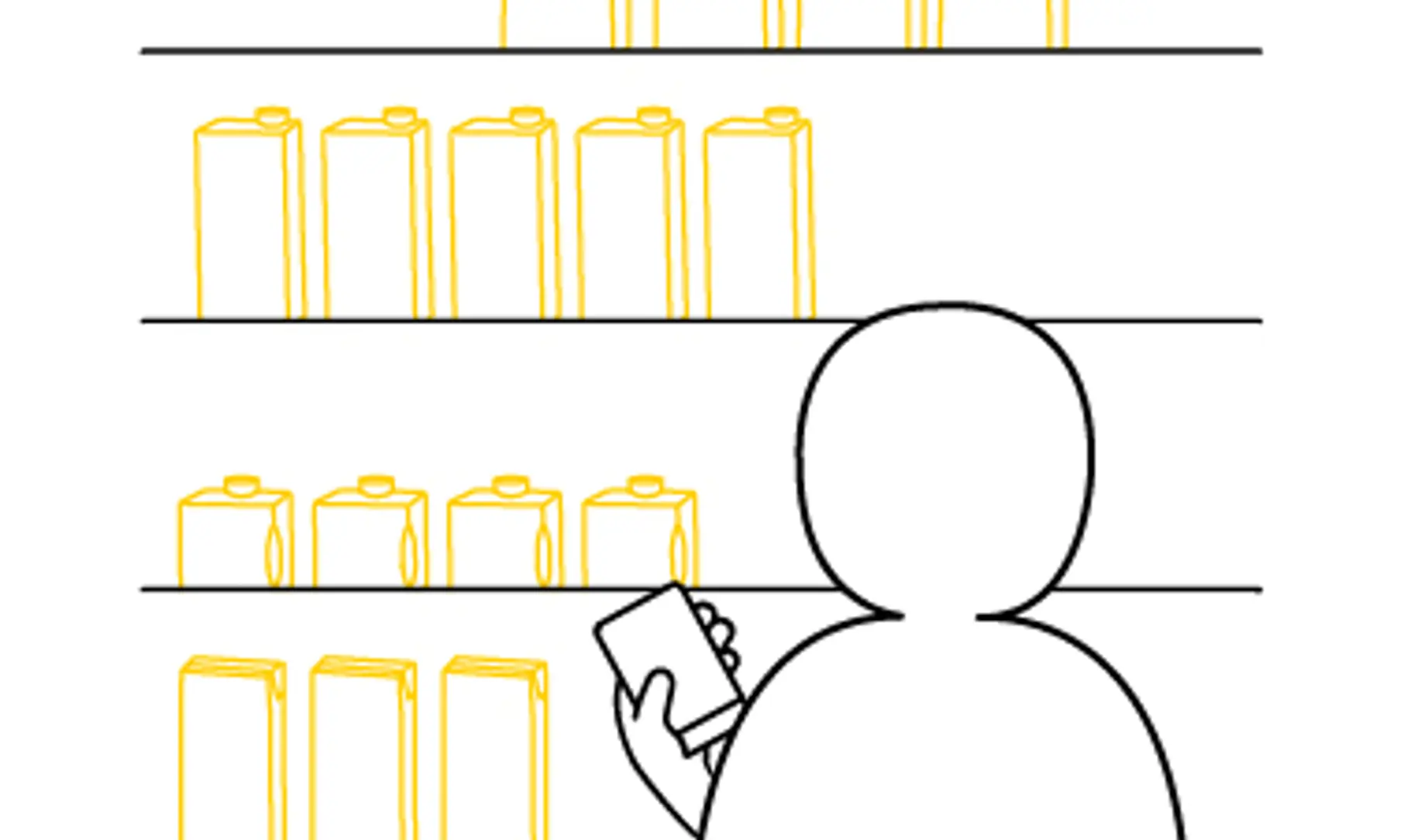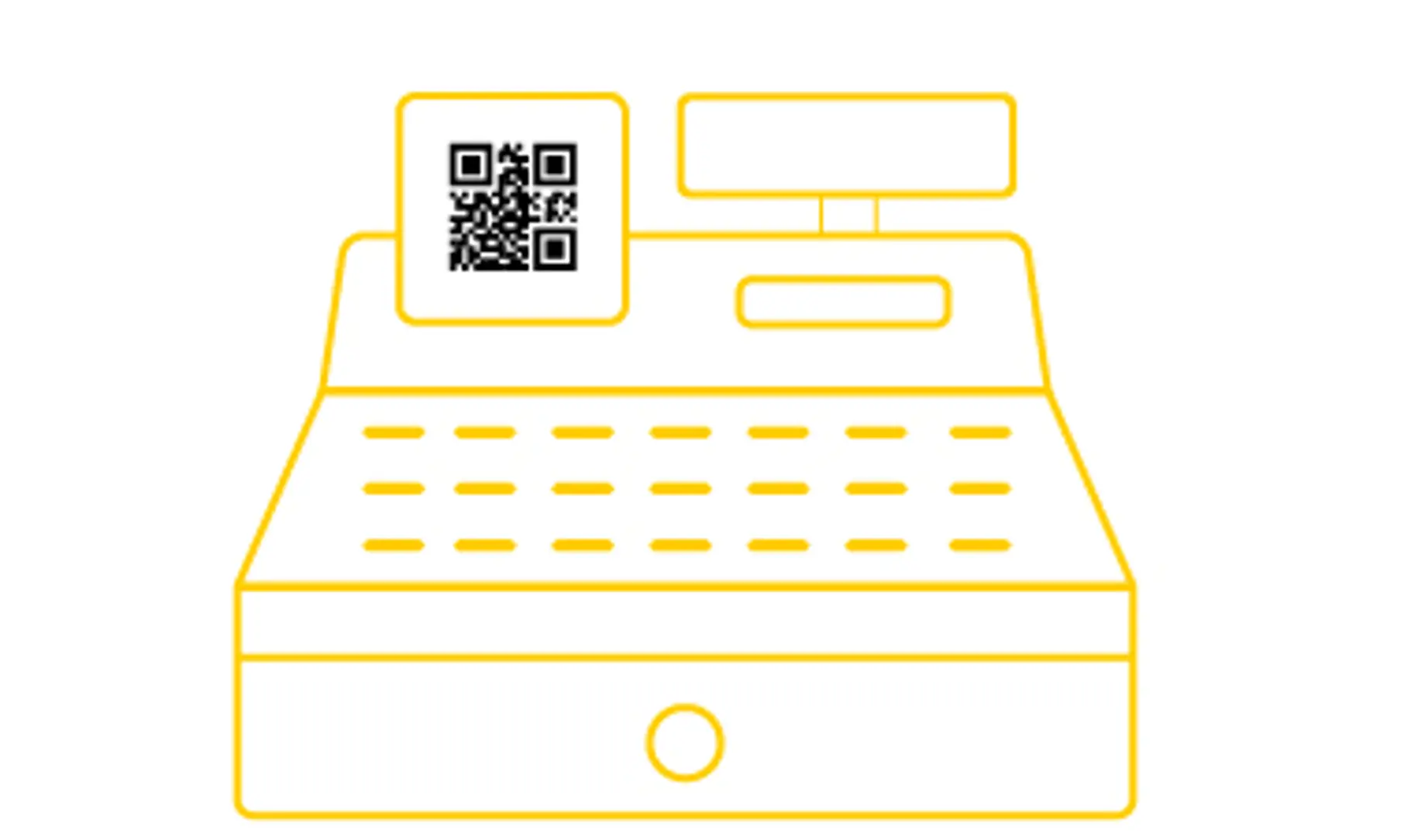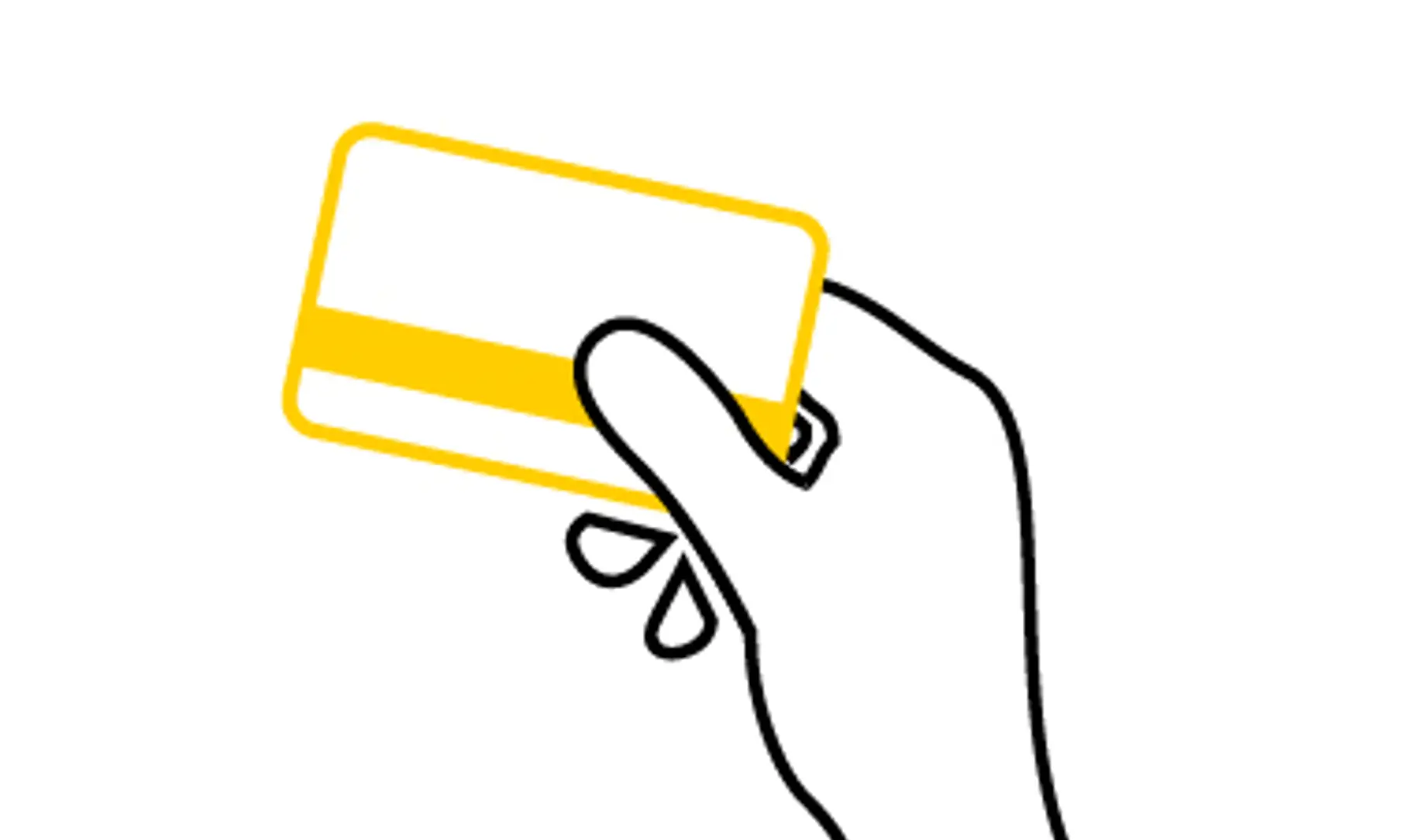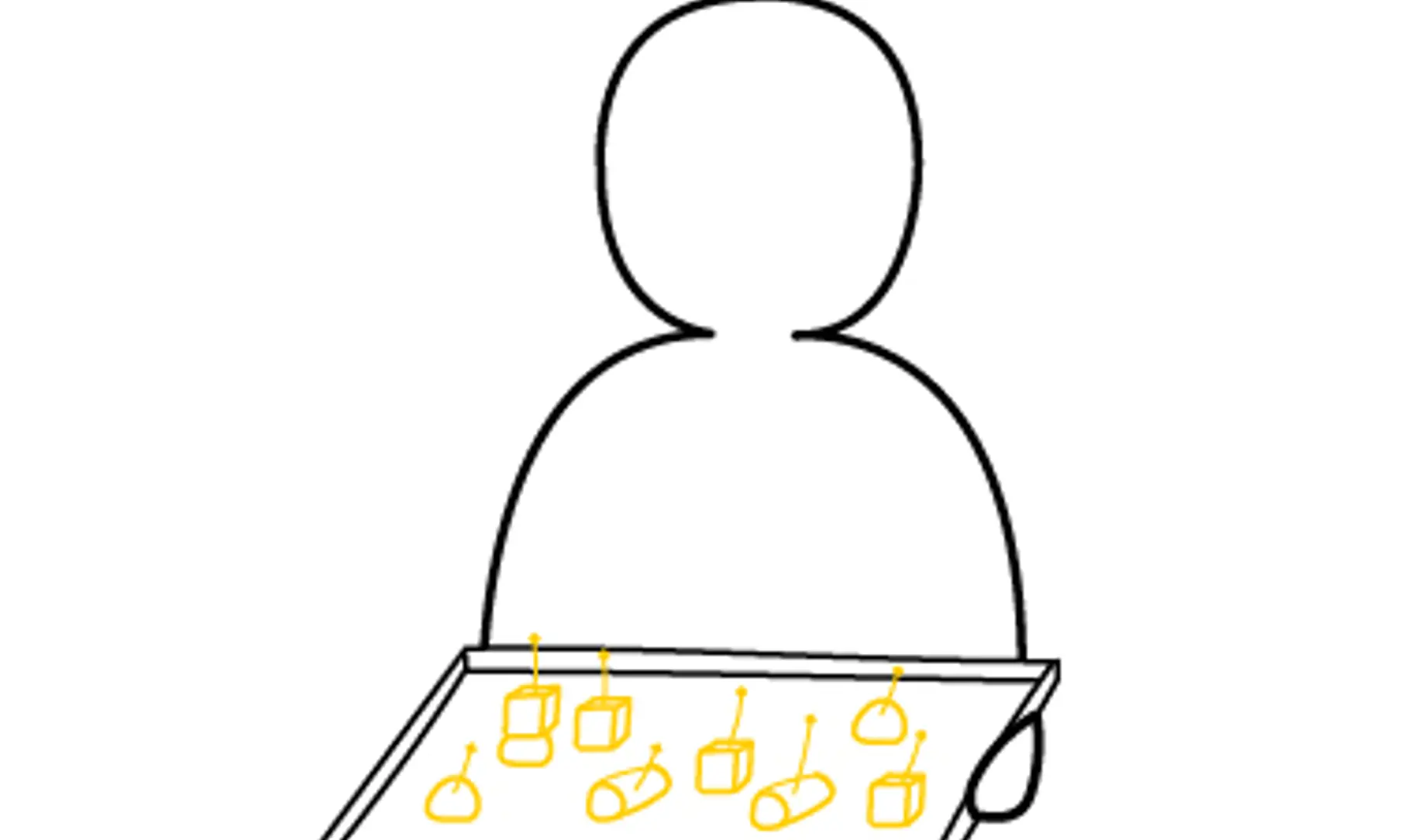Getting to the point

In part three of Stand Out on Omnichannel we focus on point-of-purchase (POP) marketing and discuss how businesses can use this to win over consumers without being pushy.
In a retail environment, POP is a way of upselling products to consumers so as to increase their spend per-visit. Online, businesses are digitalising POP via a wide number of avenues: from bringing out shopping apps and digital loyalty programmes, to using algorithms to notify consumers about products similar to those they are already looking at.
Why point-of-purchase matters
Regarding POP within a retail environment, the joy here is that the business already has a real advantage – the prospective consumer is right there looking at the products, just one short step away from making a purchase. If the business plays it right with how they manoeuvre consumers in this physical space, their POP marketing will prove extremely powerful time and time again. And with consumer tastes and expectations continuing to grow and become more creative, so too will the traditional and modern routes businesses take to make POP marketing even more impactful.
Below is a list of marketing methods that go beyond common strategies such as in-store promotions, bundle offers and dump bins:
The smart route
With smart technology a business could offer in-store navigation tools, or, as one Canadian supermarket trialed in 2018, allow customers to add fruit and vegetables to their shopping cart using an in-store interactive kiosk – before watching the produce being harvested from the supermarket’s rooftop garden in real time.

From POP to POS
Whatever they choose, the beauty of POP marketing is it can be employed right up to the last minute, at which point it transforms into point-of-sale (POS) marketing. An example of this would be placing QR codes at checkout counters to keep consumers engaged until the moment they leave the shop – and probably beyond.

Back to basics
There are far more simple ways to implement POS marketing that don’t involve technology. All it takes is placing products by the check-out counter. And, with US shoppers alone spending approximately $150 a month on impulse buys – a number that has increased 18% since the pandemic started – putting products right by the till is never going to grow old as a way of creating additional sales.

A taste for success
Going back to POP marketing, this time with a focus on food and beverage outlets, one of the best methods to adopt is the tried and tested sample tester. Who doesn’t like a free treat, and who isn’t willing to try something they might not normally buy? According to the VP of Snack Factory, handing out free food and beverage samples has a roughly 25% conversion rate, making this an easy win for any business.

All of which leads us to you and your brand. Because while these aforementioned strategies have their rightful place in the POP/POS marketing world, the products themselves need to look good. And if we focus specifically on food and beverage products, the packaging has to meet other requirements too, regarding things like convenience and sustainability. And so, when working with retailers to improve your brand visibility and their in-store sales, boost your chances of success by turning to a partner who can make your carton packs stand out. A partner like SIG.
In part four of the series, we look at the dynamics of sustainability storytelling. How can you strike the right balance and gain consumer trust, and what could tip you over the edge and make your messaging sound insincere? Subscribe to our bi-weekly SIGnals Update newsletter for the answers.
- ianuarie 06, 2022
